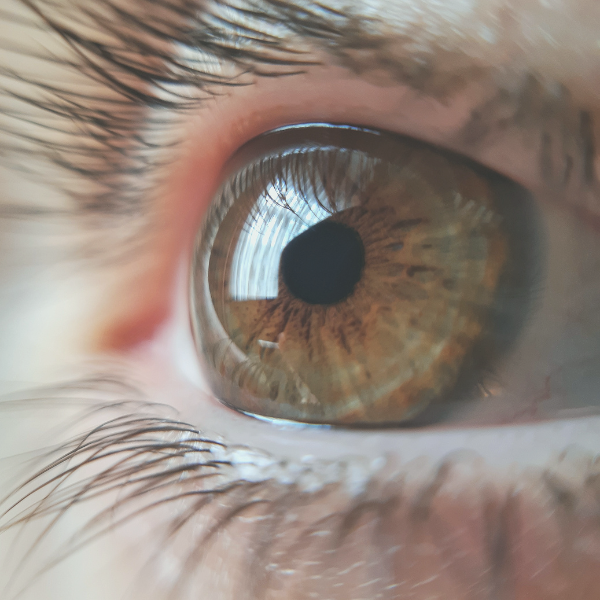Glaucoma Test
Your eyes deserve the best. Get a glaucoma test
This is the healthy eye test that aims at defining the condition of the optic nerve and measuring the ocular pressure. Glaucoma is a constant and severe vision condition that accounts for the most number of irreversible sight loss cases. It develops progressively but often does not give any noticeable symptoms in the early stages. That is why there is a need for the maximum number of glaucoma tests to be performed, which makes it possible to spare the patient’s vision as much as possible, well, at least what is left of the patient.
Symptoms
There are no fluttering signs of early-stage glaucoma. Rather, as the disease advances from primary to secondary, the patient presents with numerous visual problems, which include; include:
Blurred vision
Rainbow halos around lights
Tunnel vision
Eye pain
Risk Factors
Glaucoma can happen to everyone, but some specific factors may increase your possibility of getting it, including the following;

Race and ethnicity

Medical conditions

Eye anatomy
Treatment
Glaucoma treatment is not curative; however, with adequate diagnosis and timely management, it is possible to limit its progress, so maintaining the sight. Treatment options may include:

Eye drops

Laser surgery

Surgical drainage

Follow-up Care For Glaucoma Test
Contact with the glaucoma patient’s eye specialist practitioner is imperative, especially at all follow-up appointments, to determine the disease status after treatment and the efficiency of the treatment. Sitting practices will be done on an existing basis and adhere to the plan drawn for glaucoma patient treatment.
By scheduling regular glaucoma tests and following the desired treatment with the advice of the eye care provider, one can maintain one’s eyesight and hence live a good-quality life in society.
